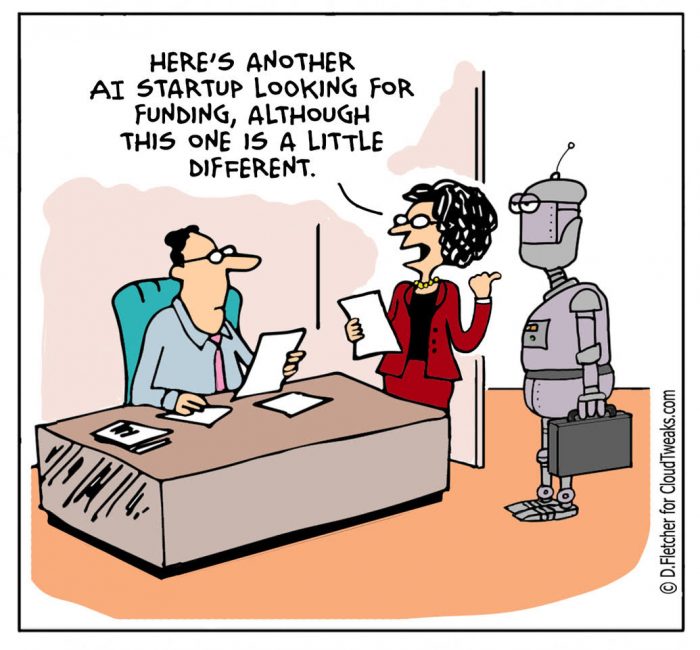The past few years have rapidly accelerated cloud adoption and impacted the overall IT landscape. Wider cloud adoption has enabled more enterprises to take advantage of the cloud’s myriad benefits, but companies are still in the process of streamlining their cloud approach. As cloud systems become more sophisticated and secure, and as advancements in other technologies disrupt the industry, we can expect to see a number of trends within the cloud services space in 2024. Below are four themes that rise to the top of the list.
Cloud adoption during the pandemic spiked significantly, with the vast majority of companies accelerating their cloud adoption. Next year, we can expect to see migrations continue steadily as organizations seek to make the most of the cloud’s scalability, cost-effectiveness, flexibility, and security. Many on-prem solutions are also losing support—driving additional cloud migrations.
While it’s true that many companies are trading a fully on-prem approach in favor of the cloud, companies aren’t ready to go all-in on the cloud just yet. Instead, the hybrid approach will remain a popular middle ground where organizations can make the best of both worlds. The hybrid model allows companies to stay tethered to the robust security of on-prem solutions while making the most of the flexibility that cloud-based resources offer.
In time, cloud security will become more advanced and tip the scales in favor of an all-cloud scenario. Until then, companies will mainly stick with their hybrid approaches even though it means managing information and data in both cloud and on-prem environments.

With all the discussion about how AI tools will negatively impact our world, I believe AI holds promising potential to dramatically improve how we live and work for the better. AI can be an impactful resource to streamline mundane tasks and free up human workers to spend more time on higher-level projects, and that potential isn’t soon to be ignored.
Companies are deepening their investment in generative AI (GenAI) solutions, with spending on GenAI software and related hardware expected to reach $143B USD by 2027, according to recent data released by IDC. This suggests that enterprises are taking notice of AI’s applications and investing in new ways to make the most of its capabilities.
AI has already proven itself a valuable asset in the business world. We’ve already seen how AI-powered solutions can improve customer support services by automating online chat and allowing customers to get help with common questions and tasks. By expanding their service options to include AI tools, companies have reduced demand for support via email and phone which, in turn, saved costs and enabled greater customer satisfaction.
AI-driven tools will also become a go-to option for managing and interpreting vast amounts of data—a task that could easily get mishandled without a robust tech resource. Similarly, AI is expected to become a major driver of automating simple but necessary business actions such as notifying customers of overdue payments. AI is poised to become more deeply integrated into IT systems and processes in the new year and businesses that want to get ahead will learn how to leverage its capabilities to the fullest.
The cloud industry has exploded with new, innovative solutions that power modern business. As the landscape has become more competitive, companies are changing their approach to building their IT stack. Even major players like Google and Microsoft are competing heavily to attract and retain customers. Companies have no problem switching providers as long as they can meet their needs and get the most for their money. In other words, as vendor pricing fluctuates, organizations are putting aside their loyalty in favor of reducing overall costs.
This trend is driving more organizations to seek migration tools to assist with transitioning information from one environment to another. As the cloud solution marketplace becomes more competitive, there will be an increased demand for migration solutions that can move data seamlessly and securely. IT leaders should keep an eye on the cloud market to take advantage of potential long-term savings opportunities. They may also want to start building a migration plan so they can ease the transition should they decide to go with a different cloud vendor.
The rise of the cloud has led many organizations to adopt multi-cloud strategies, where a company purchases cloud services from multiple vendors. For large organizations, the use of multiple cloud vendors is expected to increase from 76 percent to 85 percent in 2024.
As multi-cloud approaches become more common, other issues will become more prevalent simultaneously. Though companies with multi-cloud strategies are reaping the benefits of the cloud, they may unknowingly expose themselves to risk, pay for unnecessary or duplicative components or find it harder to track ROI on their IT investments.
A major risk of multi-cloud strategies comes in the form of shadow IT. Shadow IT occurs when other departments or employees take part in IT-related activities without the IT or security group’s awareness. This includes purchasing hardware, software or cloud services without the IT team’s knowledge or approval. Shadow IT poses a significant security risk since IT teams don’t have knowledge of everything going on in the system, exposing the organization to bad actors or compliance issues.
Managing IT costs is another consideration that becomes more challenging with multi-cloud environments. For example, a company could be paying for licenses they don’t know about or extra applications that are being used by different teams. In addition, multi-cloud approaches can lead to app sprawl which causes data silos and other inefficiencies over time—costing the company productive working hours.
Multi-cloud environments also pose a problem of preventing businesses from aligning their IT with their business goals. IT governance ensures that IT is used to meet business objectives. Following IT governance best practices is essential to business success, yet multi-cloud situations can hinder organizations from achieving an ideal governance scenario. When IT operations aren’t effective or efficient or when it’s hard to assess how cloud investments impact the business, it might be time to revisit the multi-cloud approach and consider how to better align with governance processes.
The cloud market is ever-evolving, bringing with it new opportunities and challenges for businesses in 2024. IT leaders should be mindful of these trends as they look to support their customers in the year ahead.
By Frank Suglia





